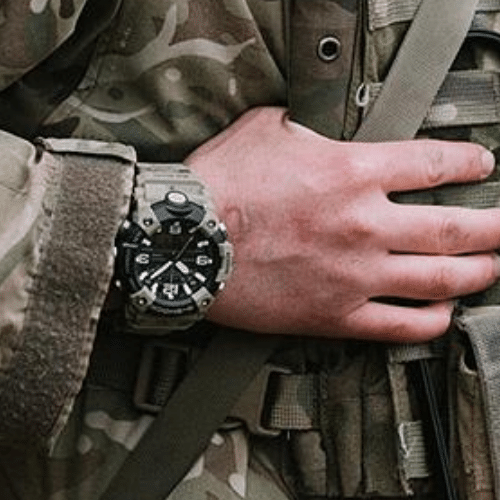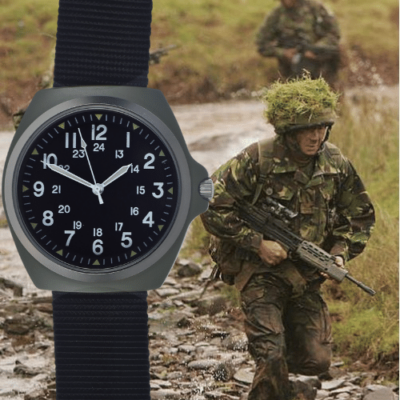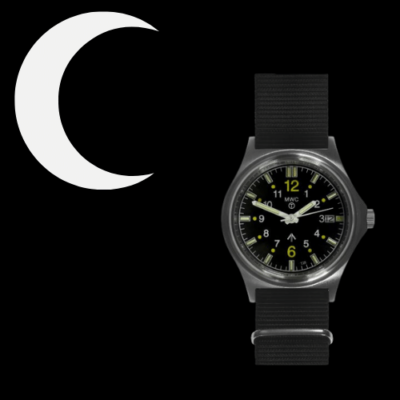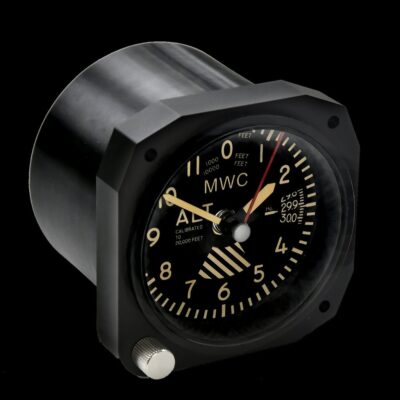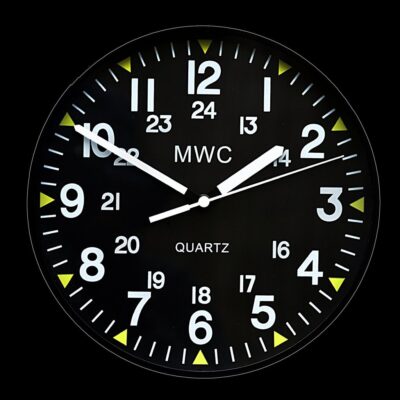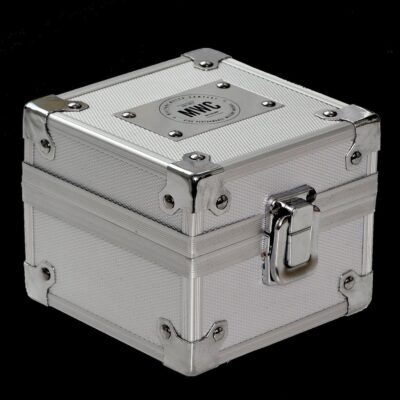News
Talks for Sale of Su-57 Fighters to India Continue: What Makes the Russian Stealth Jet Attractive?
Indian Defence Secretary Rajesh Kumar Singh has confirmed that talks regarding the procurement of fifth generation fighter aircraft are continuing to be held. “As far as our steps in this regard are concerned, we are talking to our partners on the fifth generation fighter aircraft programme. As of now, those discussions have not reached a stage where we can start sharing this with the media,” he stated, stressing that no decision had yet been taken. “These are sensitive negotiations. When they reach a tangible stage, be it [the granting of] an Acceptance of Necessity, [the issuance of] a Request for Proposals (RFP), or [the signing of] a final contract, that is when the media will come to know,” he added. Although India is currently seeking to develop an indigenous fifth generation fighter under the Advanced Medium Combat Aircraft (AMCA) program, this is not expected to materialise until the late 2030s, and possibly much later, with the county’s major defence programs having a consistent record of serious delays.

While Secretary Singh did not specify the class of fighter being consideredor its country of origin, his statement has been widely interpreted by analysts to have referred to the Russian Su-57, which is considered the only serious contender to equip the Indian Air Force. While both Russia and the United States intensified efforts to market their respective Su-57 and F-35 fifth generation fighters to India in February, the F-35 has been considered highly unlikely to be procured primarily due to the extensive controls the United States imposes on how the aircraft are utilised. As observed in February by former Air Marshal Anil Chopra, Delhi “remains cautious about the U.S. tendency to exert pressure and abandon allies when its own interests diverge with theirs, as well as potential U.S. expectations for India to distance itself from Russia.” He emphasised that “choosing a reliable partner country that won’t impose undue pressure is crucial,” which he strongly implied ruled out the F-35, and thus left the competing Russian Su-57 as India’s only option. His statement reflected a widespread consensus among analysts from the country.

Despite years of sustained pressure on Delhi form the United States to distance itself from Russia and reduce procurements of Russian defence products, India has continued to procure far more armaments from the country than from all other foreign suppliers combined. Indian interest in Su-57 procurements is though to have been raised after its French Rafale ‘4+ generation’ fighters were perceived to have had an underwhelming performance during border clashes with Pakistan in early May. Later that month an unprecedented offer to provide the Indian Defence Ministry with full access to the Su-57’s source code as part of a large license production deal was considered likely to have significantly further increased interest. The fighter’s appeal to foreign clients is also considered likely to have been increased considerably by the entirely unique level of combat testing it has been put through in the Ukrainian theatre, with operations having included air defence suppression, air to air combat, and operations in heavily defended enemy airspace, as well as a range of precision strike missions.

